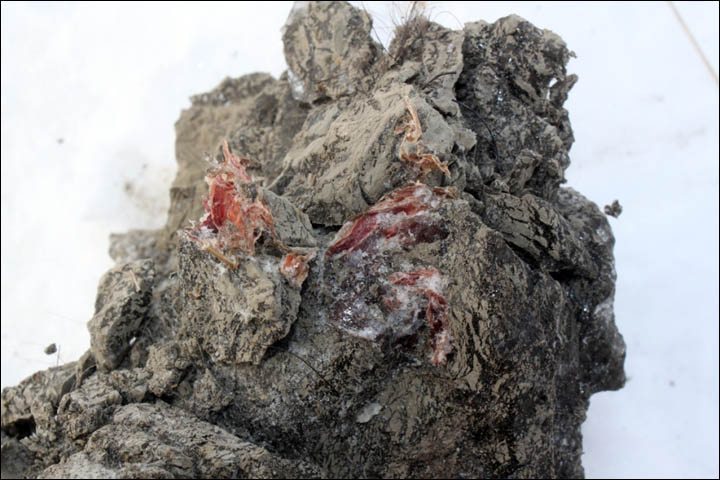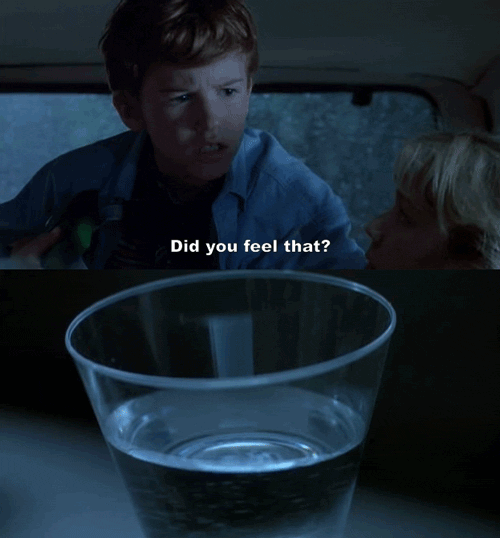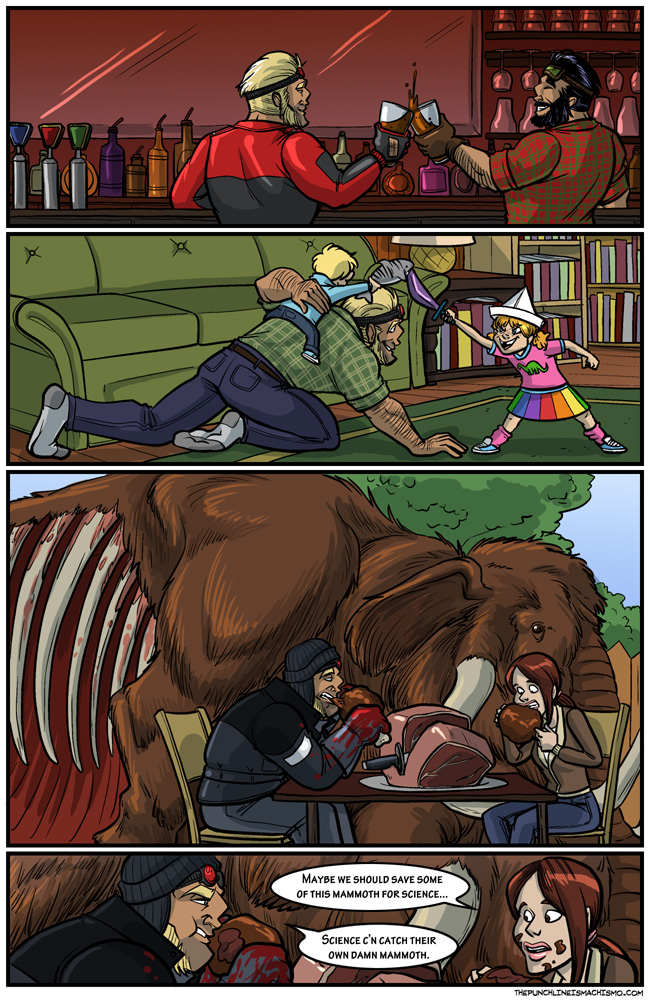This actually came as a surprise to me, as I had read that DNA can last up to a million years,
but according to a Nature article it's apparently true:
By comparing the specimens' ages and degrees of DNA degradation, the researchers calculated that DNA has a half-life of 521 years. That means that after 521 years, half of the bonds between nucleotides in the backbone of a sample would have broken; after another 521 years half of the remaining bonds would have gone; and so on.
Of course, the short half-life isn't a huge impediment for sequencing DNA from the most recent geological ages. According to the article, scientists can actually read DNA that's up to 1.5 million years old.






